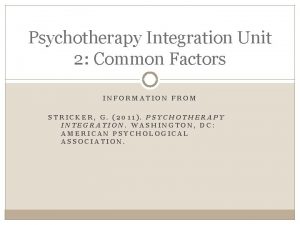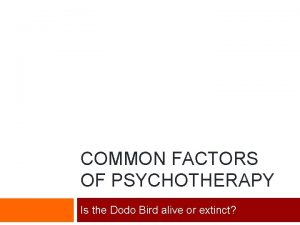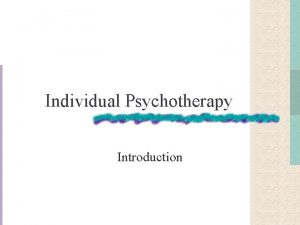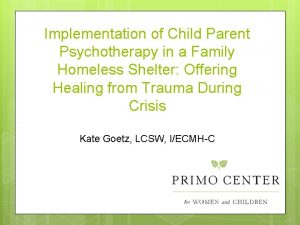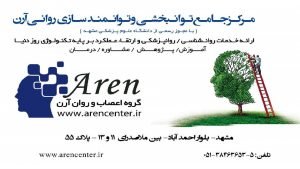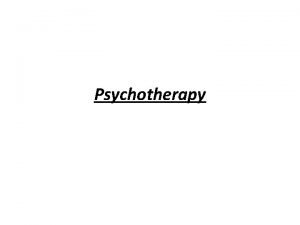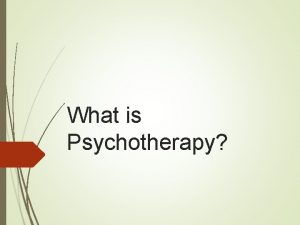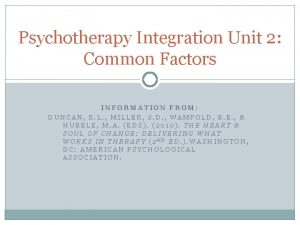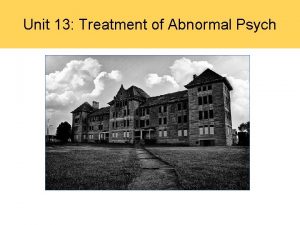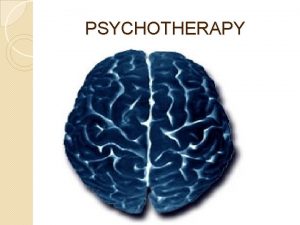Psychotherapy Integration Unit 2 Common Factors INFORMATION FROM
















- Slides: 16

Psychotherapy Integration Unit 2: Common Factors INFORMATION FROM STRICKER, G. (2011). PSYCHOTHERAPY INTEGRATION. WASHINGTON, DC: AMERICAN PSYCHOLOGICAL ASSOCIATION.

Outline �History of Psychotherapy Integration �Contemporary Integration

History of Psychotherapy & Theoretical Integration �Freud Stated “there are many ways and means of practicing psychotherapy. All that lead to recovery are good” (Freud, 1905/1953) Identified common factors of client expectation and the central role of therapist’s personality �French (1933) Identified similarities between psychoanalysis and Pavlovian conditioning His ideas were not well received at the time

History of Psychotherapy & Theoretical Integration �Rosenzweig (1936) Pointed out commonalities in all psychotherapies Dodo bird effect – “Everyone has won” �Alexander & French (1946) Corrective emotional experience –the client re-experiences previously difficult relationships in the relationship with the counselor, and can experience those difficulties in new ways. This happens in all psychotherapies Cyclical nature of insight leading to change and change leading to insight These ideas were also not well received at the time

History of Psychotherapy & Theoretical Integration �Donnard & Miller (1950) Wrote about psychoanalytic concepts in learning terms Bridged a gap between two previously very different theories Considered somewhat controversial, and not well received by current community

First Comprehensive Common Factors Work �Frank & Frank (1961) Identified many commonalities across a vast arrange of change processes Culturally comprehensive work Initial list of common factors: � Expectancy for change � Arousal of hope � Emotional arousal � Encouragement of change outside of therapy � Encouragement of self-understanding through interpretations � Corrective emotional experiences

Two Approaches to Psychotherapy �London (1964) suggested that all kinds of psychotherapies could be grouped into one of two approaches Action-Oriented � Encourage the client to take action to change behavior � Example: Behavior Therapy Insight-Oriented � Seek to discuss matters of concern to promote understanding � Example: Psychoanalytic Approaches �Integration of these two approaches provides the most effective and longest lasting psychotherapeutic change

Historical Types of Integration �Understanding two theories by merging or translating the language of one into the language of the other (Dollard & Miller, 1950) �Lazarus (1976) – Multimodal Therapy An example of technical eclecticism BASIC-ID � Behavior � Affect � Sensation � Imagery � Cognition � Interpersonal Functioning � Drugs/Biology

Historical Types of Integration �Beck (1979) – Cognitive Behavioral Therapy Combined aspects of cognitive therapy and behavioral therapy �Contemporary Era of Psychotherapy Integration was marked by the publication of Wachtel’s (1977) Psychoanalysis and Behavior Therapy

Contemporary Era of Psychotherapy Integration �Wachtel - All change in every therapy was a cyclical process �Groups & Resources for Psychotherapy Integration were created Society for the Exploration of Psychotherapy Integration Journal of Psychotherapy Integration Handbook of Psychotherapy Integration Comprehensive Handbook of Psychotherapy Integration

Contemporary Era of Psychotherapy Integration �Clinicians and Researches started creating different approaches to integrating aspects of many psychotherapies �Various types of integrated treatments have been developed Transtheoretical approach – Levels of Change that apply to all psychotherapies Dialectical Behavior Therapy – Integrates Eastern and Western approaches to therapy Client Directed therapy

Contemporary Approaches to Integration Four Approaches: �Common Factors �Technical Integration �Theoretical Integration �Assimilative Integration

Common Factors �Aspects of Psychotherapy that are present in all approaches to treatment �Students -- (Refer to ongoing slides for The Heart and Soul of Change, which focuses on common factors)

Technical Integration �Most simple form of integration �Use of techniques drawn from several different approaches Also known as technical eclecticism Sometimes seen as a “hodgepodge” of various techniques thrown together Better when techniques are pulled together through a systematic basis for the combination of techniques Techniques should compliment each other and be flexible to match different client needs

Theoretical Integration �Most difficult type of integration �Blending of different approaches to psychotherapy Should produce a “grand unified theory” All contradictions between theories must be addressed Examples: � Cyclical Psychodynamics � Cognitive-analytic therapy � Behavioral Psychotherapy

Assimilative Integration �Most recently developed approach to integration �A solid theoretical approach is already established and different techniques are integrated in from other theories �Requires a theoretical meaning for each integrated technique �An example will be further explained next chapter
 The common factors approach to psychotherapy integration:
The common factors approach to psychotherapy integration: Dodo bird effect
Dodo bird effect Factor tree for 56
Factor tree for 56 Factors of 54
Factors of 54 Multiples of 9 and 21
Multiples of 9 and 21 Factors od 18
Factors od 18 Common factors of 10 and 20
Common factors of 10 and 20 Factos of 8
Factos of 8 Forward integration and backward integration
Forward integration and backward integration Horizontal integration
Horizontal integration Simultaneous integration example
Simultaneous integration example Comparison between guidance and counselling
Comparison between guidance and counselling Ranzcp psychotherapy written case
Ranzcp psychotherapy written case Psychotherapy ap psychology
Psychotherapy ap psychology Types of individual psychotherapy
Types of individual psychotherapy Cpp triangle of explanation
Cpp triangle of explanation Introduction to psychotherapy ppt
Introduction to psychotherapy ppt
